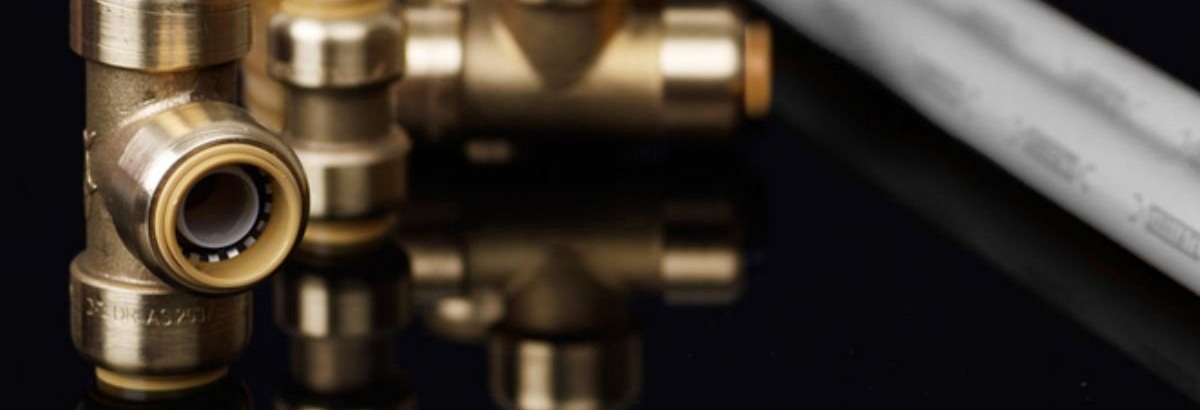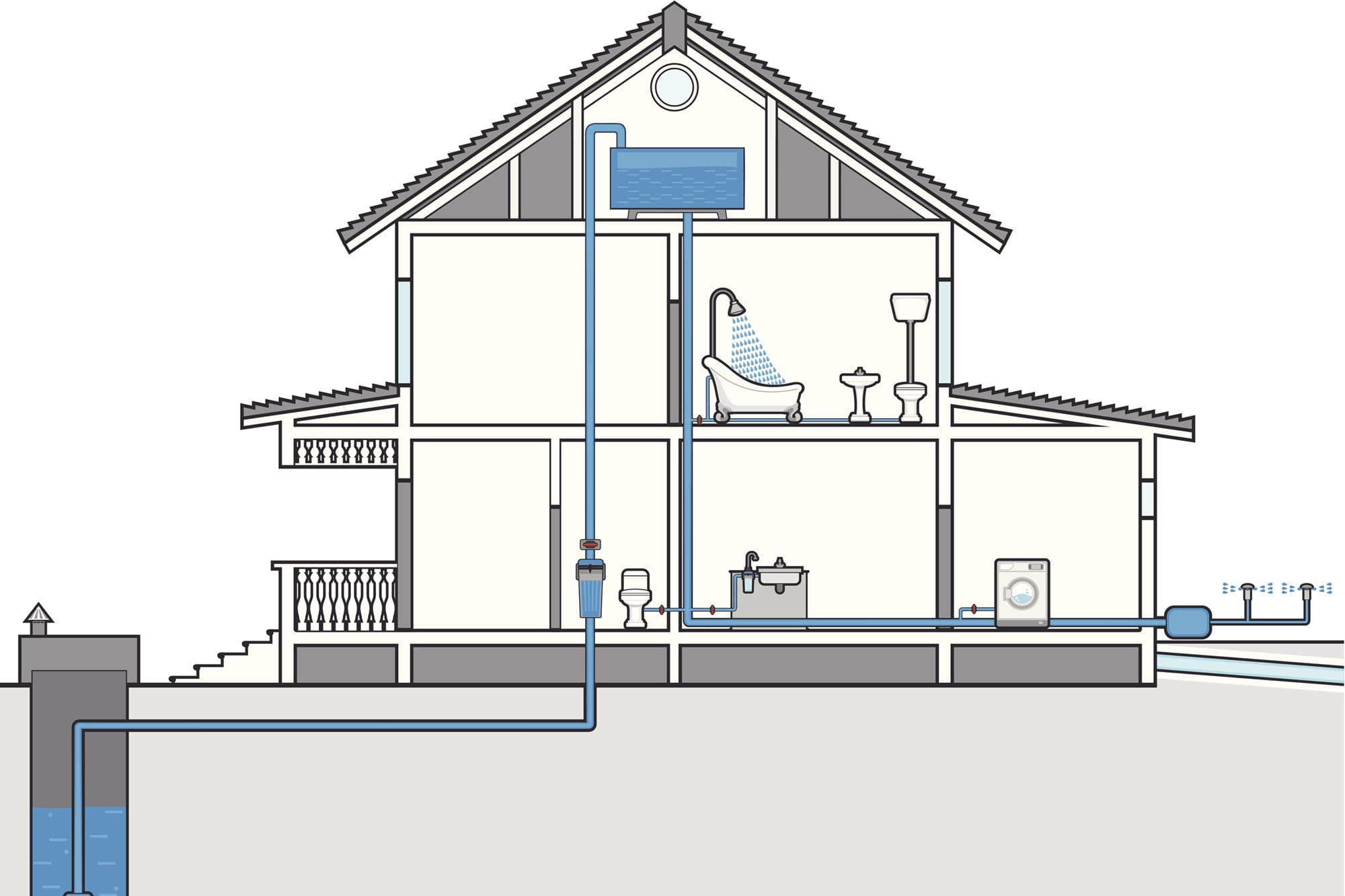Here further down you can find a bunch of decent help and advice about Exploring Your Homes Plumbing Anatomy.

Recognizing how your home's pipes system works is crucial for every house owner. From supplying clean water for drinking, cooking, and showering to securely removing wastewater, a well-maintained pipes system is critical for your family's wellness and comfort. In this thorough guide, we'll explore the intricate network that comprises your home's pipes and deal ideas on upkeep, upgrades, and taking care of usual concerns.
Intro
Your home's plumbing system is more than just a network of pipes; it's a complicated system that guarantees you have accessibility to tidy water and reliable wastewater elimination. Understanding its elements and exactly how they work together can help you avoid expensive repair services and make sure every little thing runs efficiently.
Standard Components of a Pipes System
Pipelines and Tubes
At the heart of your pipes system are the pipes and tubing that carry water throughout your home. These can be constructed from numerous products such as copper, PVC, or PEX, each with its advantages in regards to durability and cost-effectiveness.
Components: Sinks, Toilets, Showers, and so on.
Fixtures like sinks, commodes, showers, and bath tubs are where water is utilized in your home. Recognizing just how these components attach to the plumbing system helps in diagnosing problems and planning upgrades.
Valves and Shut-off Factors
Shutoffs control the circulation of water in your pipes system. Shut-off shutoffs are vital throughout emergencies or when you need to make fixings, enabling you to isolate parts of the system without disrupting water circulation to the entire residence.
Water System System
Main Water Line
The major water line attaches your home to the community water supply or a personal well. It's where water enters your home and is distributed to numerous components.
Water Meter and Pressure Regulator
The water meter measures your water use, while a pressure regulatory authority makes sure that water flows at a risk-free stress throughout your home's plumbing system, preventing damages to pipes and fixtures.
Cold Water vs. Warm water Lines
Comprehending the distinction in between cold water lines, which supply water straight from the main, and warm water lines, which bring warmed water from the hot water heater, assists in troubleshooting and preparing for upgrades.
Water drainage System
Drain Piping and Traps
Drain pipes bring wastewater away from sinks, showers, and bathrooms to the sewer or septic system. Traps stop sewer gases from entering your home and additionally trap particles that could trigger blockages.
Ventilation Pipelines
Air flow pipes permit air right into the drain system, protecting against suction that might reduce water drainage and cause catches to empty. Appropriate air flow is important for keeping the integrity of your pipes system.
Value of Correct Drainage
Making sure proper drain prevents backups and water damages. Routinely cleansing drains and preserving catches can prevent expensive repair services and extend the life of your plumbing system.
Water Heater
Kinds Of Hot Water Heater
Water heaters can be tankless or conventional tank-style. Tankless heating systems warmth water as needed, while containers store heated water for instant usage.
Upgrading Your Plumbing System
Reasons for Updating
Updating to water-efficient fixtures or replacing old pipes can enhance water high quality, minimize water costs, and increase the value of your home.
Modern Plumbing Technologies and Their Benefits
Check out innovations like clever leakage detectors, water-saving toilets, and energy-efficient water heaters that can save cash and minimize ecological impact.
Cost Considerations and ROI
Calculate the ahead of time prices versus long-term financial savings when taking into consideration pipes upgrades. Many upgrades pay for themselves through reduced utility bills and fewer repair work.
Exactly How Water Heaters Link to the Pipes System
Comprehending exactly how water heaters link to both the cold water supply and warm water distribution lines helps in detecting concerns like not enough warm water or leakages.
Upkeep Tips for Water Heaters
Consistently purging your hot water heater to get rid of debris, examining the temperature settings, and examining for leaks can extend its life-span and improve energy efficiency.
Common Pipes Concerns
Leakages and Their Reasons
Leakages can happen because of aging pipes, loosened installations, or high water stress. Attending to leakages promptly stops water damage and mold and mildew development.
Blockages and Obstructions
Clogs in drains and commodes are usually brought on by purging non-flushable things or a build-up of oil and hair. Utilizing drain displays and bearing in mind what decreases your drains pipes can protect against clogs.
Indicators of Pipes Issues to Watch For
Low tide stress, sluggish drains, foul odors, or abnormally high water expenses are indications of potential pipes issues that ought to be resolved without delay.
Plumbing Maintenance Tips
Regular Examinations and Checks
Arrange yearly plumbing inspections to catch problems early. Search for indicators of leakages, corrosion, or mineral buildup in taps and showerheads.
DIY Upkeep Tasks
Basic tasks like cleansing faucet aerators, checking for commode leakages utilizing dye tablets, or shielding subjected pipes in cool environments can avoid major pipes issues.
When to Call a Professional Plumbing Professional
Know when a pipes issue calls for professional experience. Attempting intricate repair services without proper expertise can result in more damages and higher repair expenses.
Tips for Reducing Water Use
Easy behaviors like taking care of leaks promptly, taking much shorter showers, and running full lots of washing and meals can conserve water and reduced your utility costs.
Eco-Friendly Plumbing Options
Consider lasting plumbing products like bamboo for flooring, which is durable and environmentally friendly, or recycled glass for counter tops.
Emergency situation Readiness
Actions to Take During a Plumbing Emergency
Know where your shut-off shutoffs lie and how to shut off the water system in case of a ruptured pipeline or major leakage.
Relevance of Having Emergency Get In Touches With Convenient
Keep contact information for local plumbers or emergency solutions conveniently offered for fast response during a pipes situation.
Environmental Effect and Preservation
Water-Saving Fixtures and Devices
Installing low-flow faucets, showerheads, and commodes can dramatically lower water use without sacrificing efficiency.
DIY Emergency Fixes (When Appropriate).
Momentary solutions like making use of duct tape to spot a leaking pipe or positioning a bucket under a dripping faucet can reduce damage until an expert plumber gets here.
Conclusion.
Comprehending the anatomy of your home's plumbing system equips you to preserve it efficiently, saving time and money on repair services. By adhering to routine maintenance routines and staying informed about modern-day pipes innovations, you can ensure your plumbing system runs effectively for many years to find.
HOW YOUR PLUMBING SYSTEM WORKS
Which Pipes Do What?
Blue lines = fresh water supply entering the building Red lines = hot water supply entering the building Grey lines = pipes carrying waste away from the building and venting pipes carrying gases away from the building (through the roof) YOUR MAIN PLUMBING SYSTEMS
There are two main plumbing systems that support your home s basic plumbing needs one that brings clean water into your home, and one that sends dirty water away from your home. Connected to the toilet, bath, shower, and other faucets in your home, these two systems keep your water flowing in the right directions.
ACCESSING FRESH WATER
Fresh and clean water is brought into your home through the main water supply line . Filtered through one pipe, this water is pressured to flow into the various fixtures in your home at any given time.
This water can be sourced from a well located on your property, a pond or river (mostly cottages), or, as in most cases, from the city s municipal water treatment centre. However, it is important to note that water that is untreated, such as the water siphoned from ponds or rivers, may not be safe to drink. Personal water supplies always need to be treated for hardness and contaminants before consumed.
MUNICIPAL WATER SUPPLIES
Improve taste and odour Remove sediment Eliminate hardness Reduce chlorine COLD WATER SUPPLY VS. HOT WATER SUPPLY
Cold water flows into your home or building through the service line, which then distributes hot or cold water to your fixtures. This line is most commonly run through a central column that runs floor to floor. Hot water runs in short and straight pipes as the longer the pipeline, the more heat that will be lost in the transfer. Having shorter pipes also allows residents to access hot water more quickly.
WASTE WATER SYSTEM
Your wastewater system is divided into two parts pipes that send wastewater away from your home and venting pipes that send sewer gas away from your home. Sewage water travels through pipes that flush the water and waste towards local sewers that are operated and managed by your city or town. Most sewer systems rely on gravity to move the wastewater to where it needs to go.
The further away from your toilet or sink, the larger wastewater pipes become. This allows for waste to be disposed of from various parts of your home or business at once without pipe blockages. The angle and flow of these pipes are also essential for keeping your waste pipes clear of build up.
https://harrisplumbing.ca/how-your-home-plumbing-system-works/

I found that write up about Understanding Your Home's Plumbing Anatomy when doing a search on the web. Loved our blog entry? Please share it. Help other people locate it. I love your readership.
Request Appointment